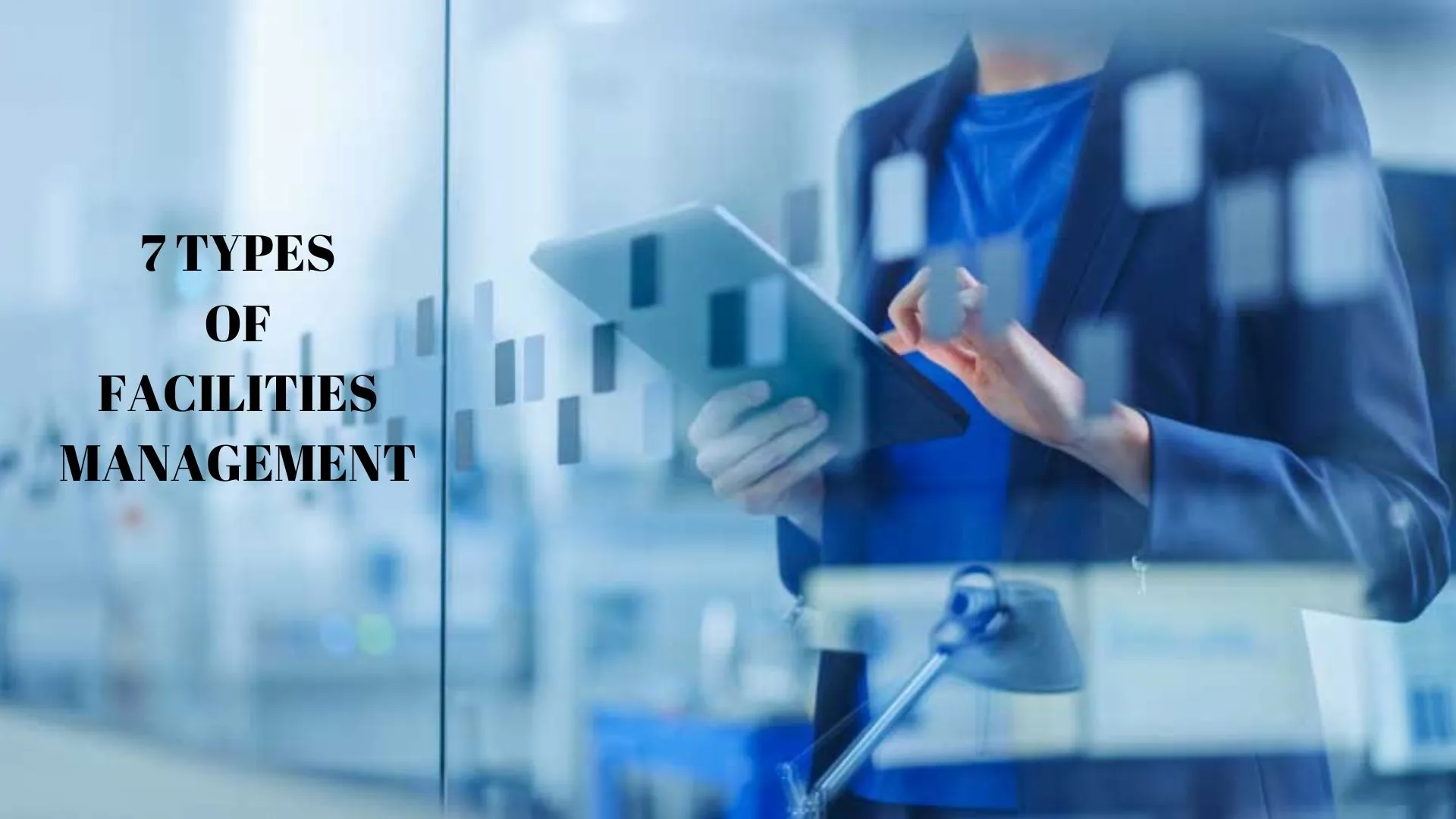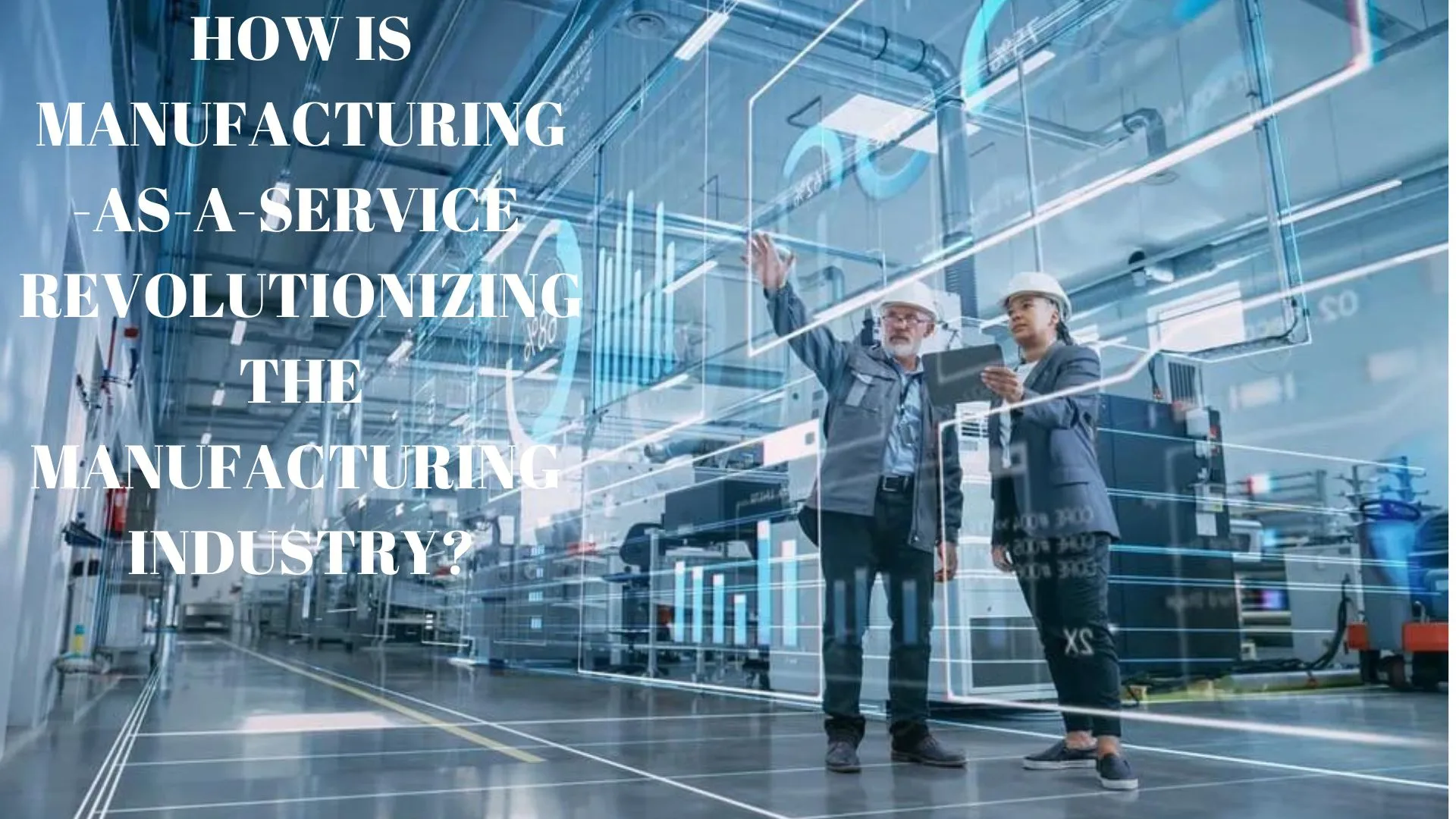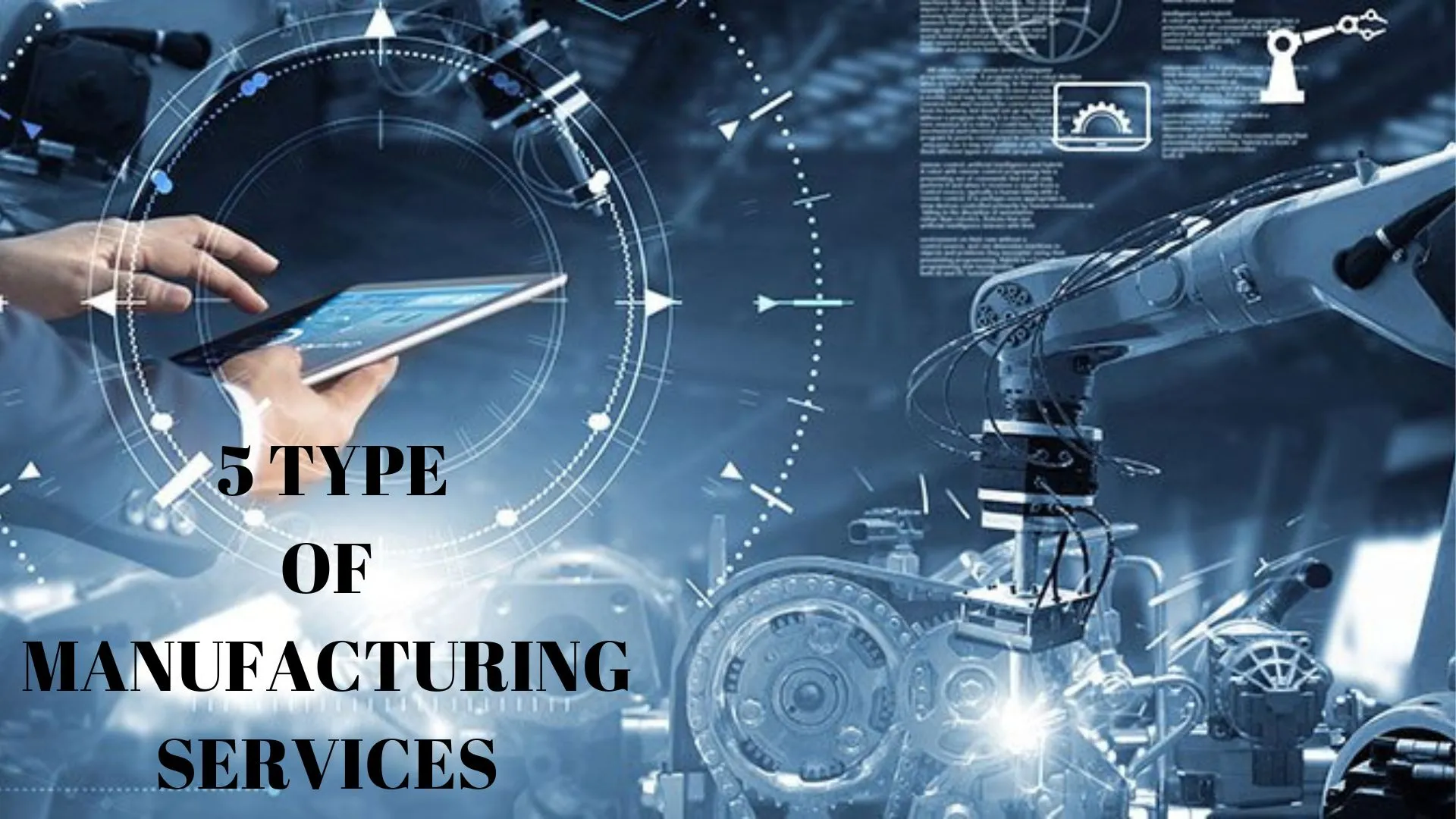
The team glows with energy and desire as they get to work, filling the office with energy. Have you given any thought to the infrastructure supporting your business operations, though, amid all the excitement? Effective facilities management, from occupancy control to promoting workplace wellness, is the unseen engine that powers bsa company’s operations.
7 Types of Facilities Management
- Occupancy and Space Management
- Facility Planning
- Real Estate Management
- Emergency Preparedness
- Asset Management
- Technology and Smart Office Planning
- Employee and Occupant Experience
1. Occupancy and Space Management
Providing space effectively is essential for productivity. improving occupancy guarantees that every square foot fulfills its function, maximizing usefulness and minimizing costs—from desk arrangements to conference spaces.
2. Facility Planning
Strategic facility planning includes long-term visioning to match organisational objectives with physical infrastructure. It includes evaluating present conditions, projecting future demands, and creating plans for growth or consolidation.
3. Real Estate Management
The leasing discussions, portfolio optimisation, and property acquisition are all part of managing real estate assets. Minimising financial risks and providing optimal resource utilisation are two benefits of effective real estate management.
4 .Emergency Preparedness
Being ready for situations is essential to reducing risks and interruptions. Strong emergency readiness guarantees the safety and well-being of occupants through fire drills and backup procedures.
5. Asset Management
Asset lifetime is increased and resource allocation is maximised through tracking and maintenance. Good asset management reduces time and improves operational efficiency, from equipment stock to lifecycle management.
6. Technology and Smart Office Planning
Using technology improves workplace productivity and quality of life. Applying tech-driven solutions, such as integrated systems and smart sensors, increases productivity and improves user experience.
7. Employee and Occupant Experience
Establishing a favourable atmosphere increases tenant satisfaction and loyalty. focusing the occupant experience in all areas—from features to enjoyment areas—increases engagement and retention.
Conclusion
Facilities management, which includes everything from space conservation to occupier experience, is the foundation of any successful company. It is not only a decision, but a strategic need to invest in efficient facilities management











